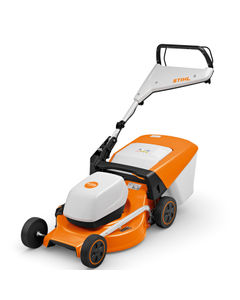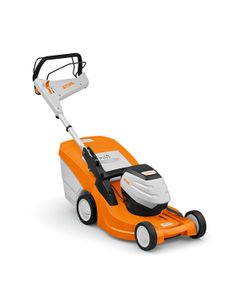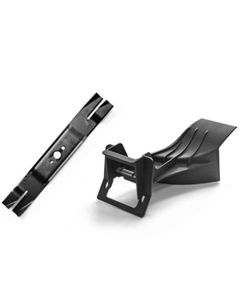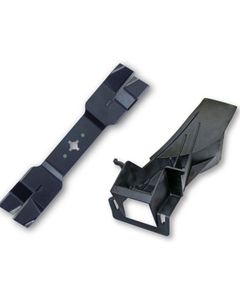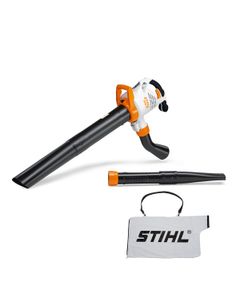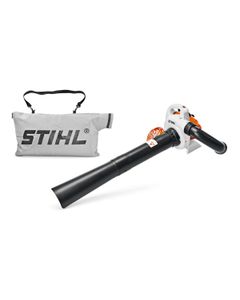Mulching: The Secret to a Healthy Garden
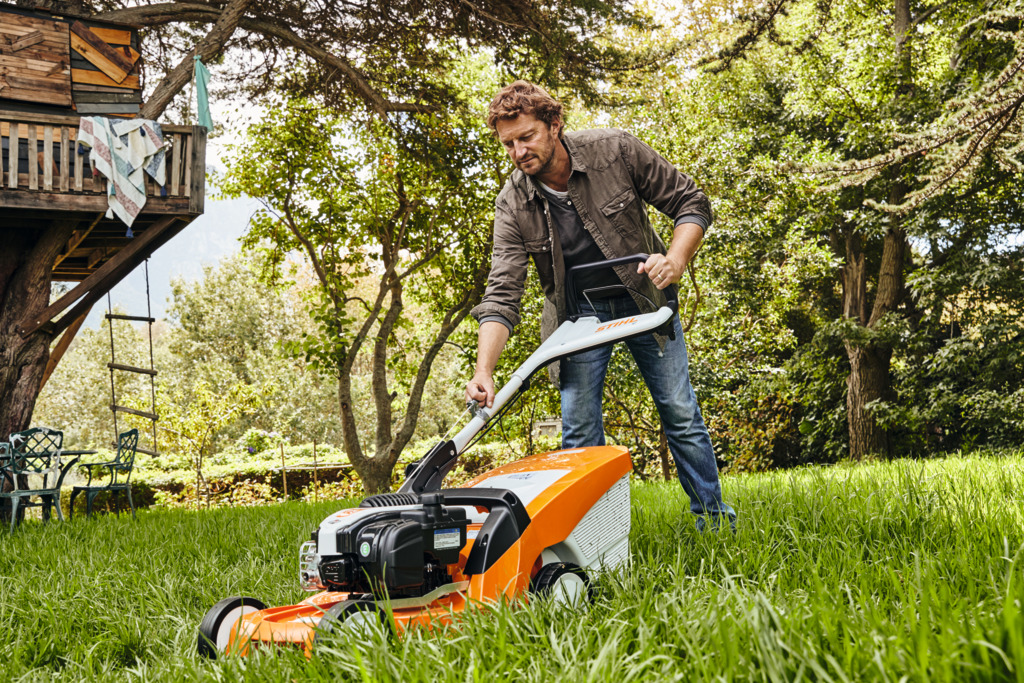
Mulching is a great way to achieve a lush green lawn in your garden. It not only helps to keep your lawn looking great, but also improves the overall health of your grass. Whether you have patchy grass or a mossy lawn, mulching can help to overcome these issues and make your dream lawn a reality. Not only is mulching cost-effective but it's also easy to do, making mulching a great option for any homeowner looking to improve the appearance of their lawn. In this guide, we’ll dive into what mulching is, why it is essential, how it works, the best ways to make and apply mulch and the types of garden mulch.
MULCHING GUIDE
WHAT IS MULCHING?
So what is mulch and mulching? Mulching is an easy and effective way to naturally fertilise your lawn, it's a simple process that involves covering the surface of your lawn with a layer of organic or inorganic material. This layer helps to retain moisture, suppress weed growth, and add vital nutrients including nitrogen, phosphorus, and potash, and promotes healthy growth. Instead of collecting grass clippings in a catcher, mulching mowers finely shred the clippings and return them to the turf. Mulching is a great alternative to chemical fertilisers and can improve the overall health of your lawn. In this guide, we’ll dive into what mulching is, why it is essential, how it works, the best ways to make and apply mulch and the types of garden mulch.
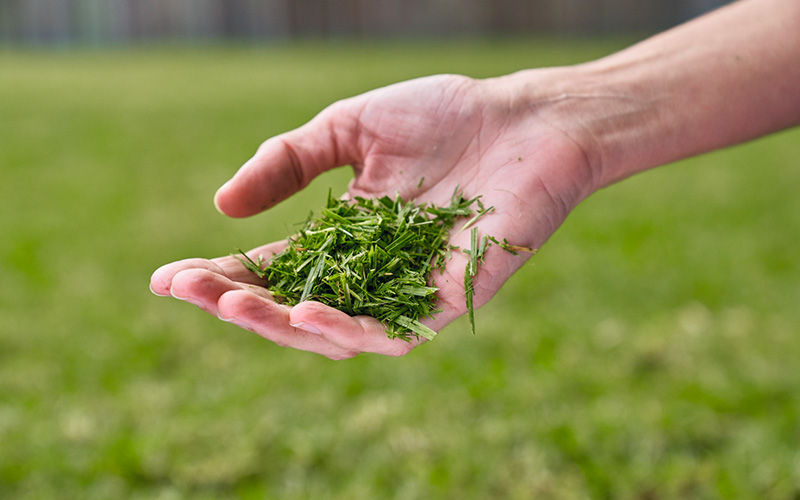
WHY SHOULD I MULCH?
Mowing with a catcher can provide a neat and tidy appearance, but incorporating garden mulching into your lawn maintenance routine can lead to an even healthier and greener lawn. Mulching mowers finely shred clippings, which are then distributed evenly across the lawn as a natural, organic fertilizer. This not only saves you time by eliminating the need to empty your catcher but also saves money by reducing the need for additional fertiliser. Therefore incorporating garden mulch into your lawn care routine can lead to a healthier lawn with less effort and expense.
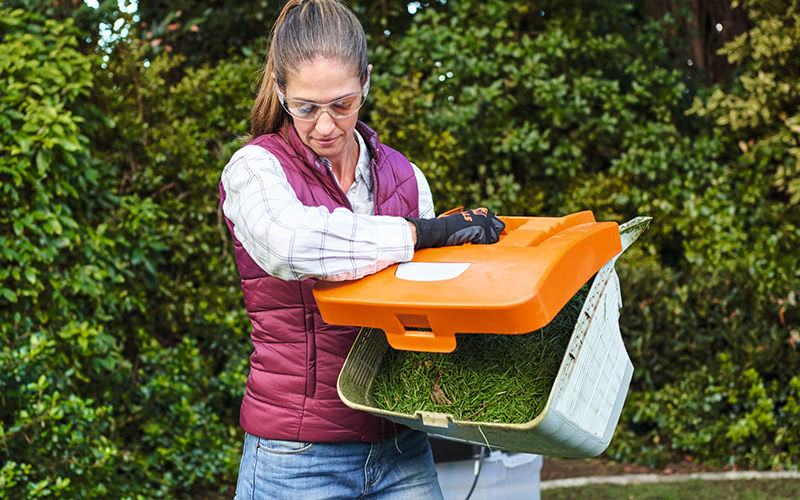
HOW DOES MULCHING WORK?
Mulching helps to maintain moisture and shade in the soil, providing a protective layer against extreme weather conditions. This is beneficial for the growth of grass and plants. Additionally, the types of garden mulch and the organic matter in mulch serves as a natural fertiliser, promoting healthy growth by providing essential nutrients to grass and plants. When applied, garden mulch also acts as a food source for beneficial organisms such as earthworms, which in turn, convert the mulch into valuable, natural fertiliser for the soil.
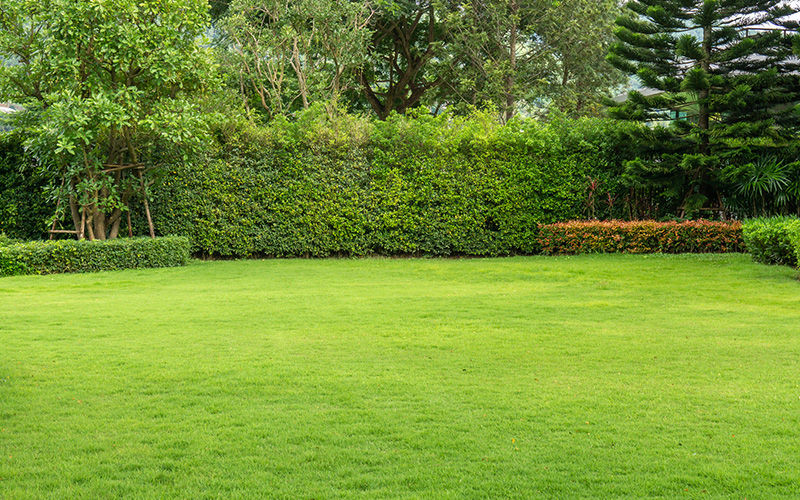
HOW DO I MAKE AND APPLY MULCH?
Creating and applying garden mulch is straightforward. You can use either a mulching mower to leave grass clippings directly on the ground as you mow or you can use mulch you've made at home from garden waste and spread it where needed. You should use specific types of garden mulch in certain areas to see the most benefit. Here are some steps to ensure you successfully make and apply your mulch:
COLLECT ORGANIC GARDEN MULCH MATERIALS
Start by gathering organic matter and different types of garden mulch materials from your garden, such as grass clippings, leaves or bark. These materials will form the base of your mulch. Ensure the materials are free from pests and diseases to avoid spreading them throughout your garden.
SHRED THE MATERIALS
Shred the collected organic garden mulch materials using a garden chipper or a mulcher. Shredding increases the surface area of the materials, helping them decompose more quickly and evenly. This step is crucial for creating fine, effective garden mulch.
COMPOST THE SHREDDED MATERIALS
Compost the shredded materials by placing them in a compost bin or pile. Turn the compost regularly to speed up the decomposition process. Composting helps create nutrient-rich garden mulch that can enhance soil health.
PREPARE THE SOIL/GROUND
Before applying mulch, prepare the ground by removing any weeds and loosening the soil. This preparation ensures that the mulch can effectively cover the soil and prevent new weeds from emerging.
APPLY THE MULCH
Spread the composted garden mulch evenly over the soil surface. Aim for a layer about 5-10 centimetres thick to provide adequate coverage without smothering plants. Pay attention to the specific needs of different areas of your garden, using finer garden mulch around delicate plants and coarser mulch for larger areas. By following these steps, you can create and apply mulch that will help maintain a healthy garden. Mulching is a simple yet powerful technique that can improve soil quality, retain moisture, and reduce weed growth.

MULCHING TIPS
When starting to mulch, there are a few things to keep in mind to ensure the best results.
Firstly, it's important to ensure that the grass is not too long when using a mulching mower, as clippings that are too long can clump together and take longer to break down into the lawn. These clumps can also cause issues with the performance of your mower if they accumulate around the blade and deck. It's recommended to take between a quarter and a third off the height of the grass for each cut.
Secondly, during the fastest growing period, it's ideal to mulch your lawn up to three times over a two-week period. This may seem like a lot of mowing, but because the grass will be relatively short each mow will be fast.
Lastly, avoid mulching when the ground is wet, as the clippings can clump up and impede the performance of your mower and take longer to break down on the lawn.
TYPES ORGARDEN MULCH AND USES
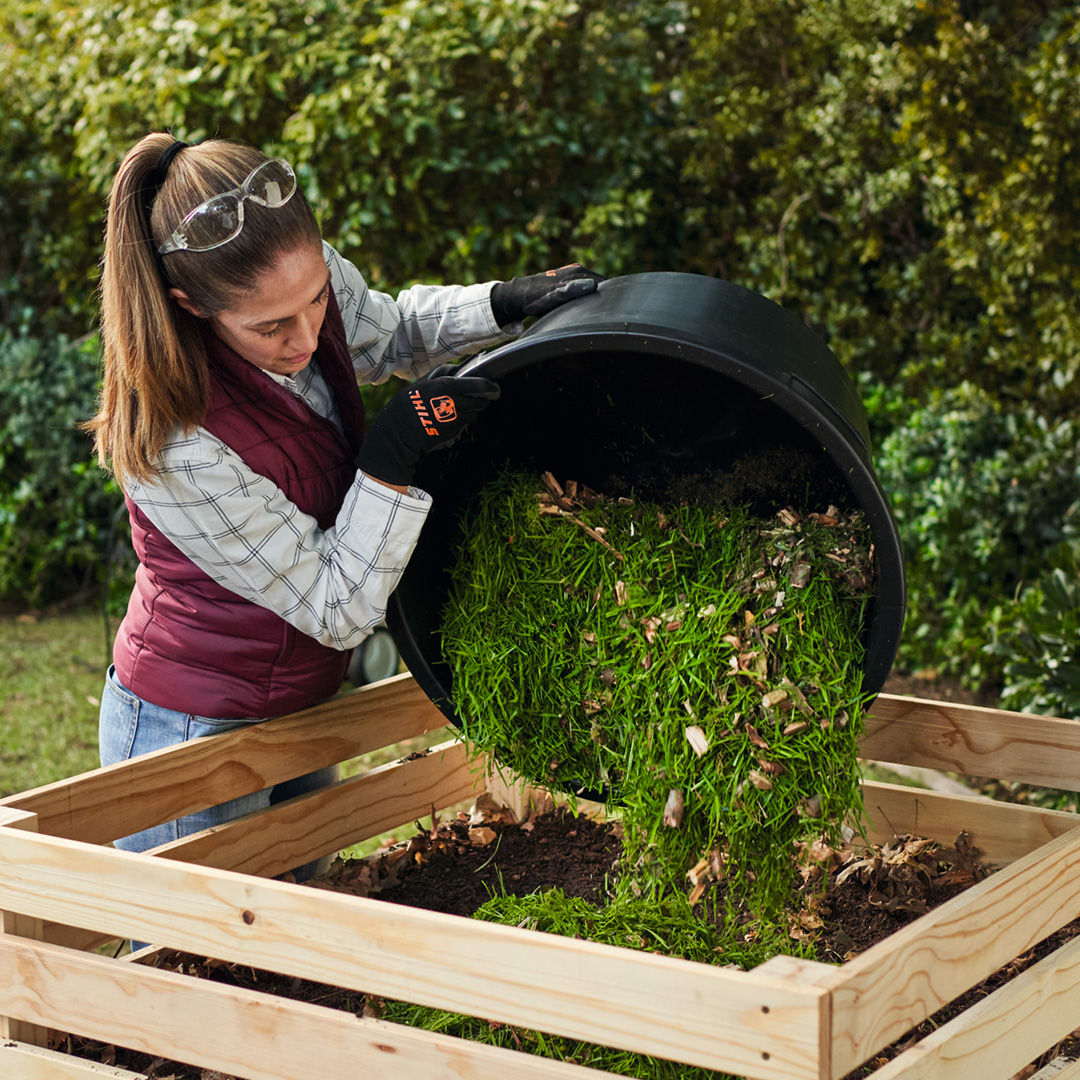

GRASS CLIPPINGS
Grass clippings can be used in all outdoor areas, including on top of the lawn for healthier grass and around the garden for vegetable plants and flowers. Be careful not to apply thick layers as clippings may clump together and reduce soil breathability. Also, never use clippings of diseased grass or clippings with seed pods.
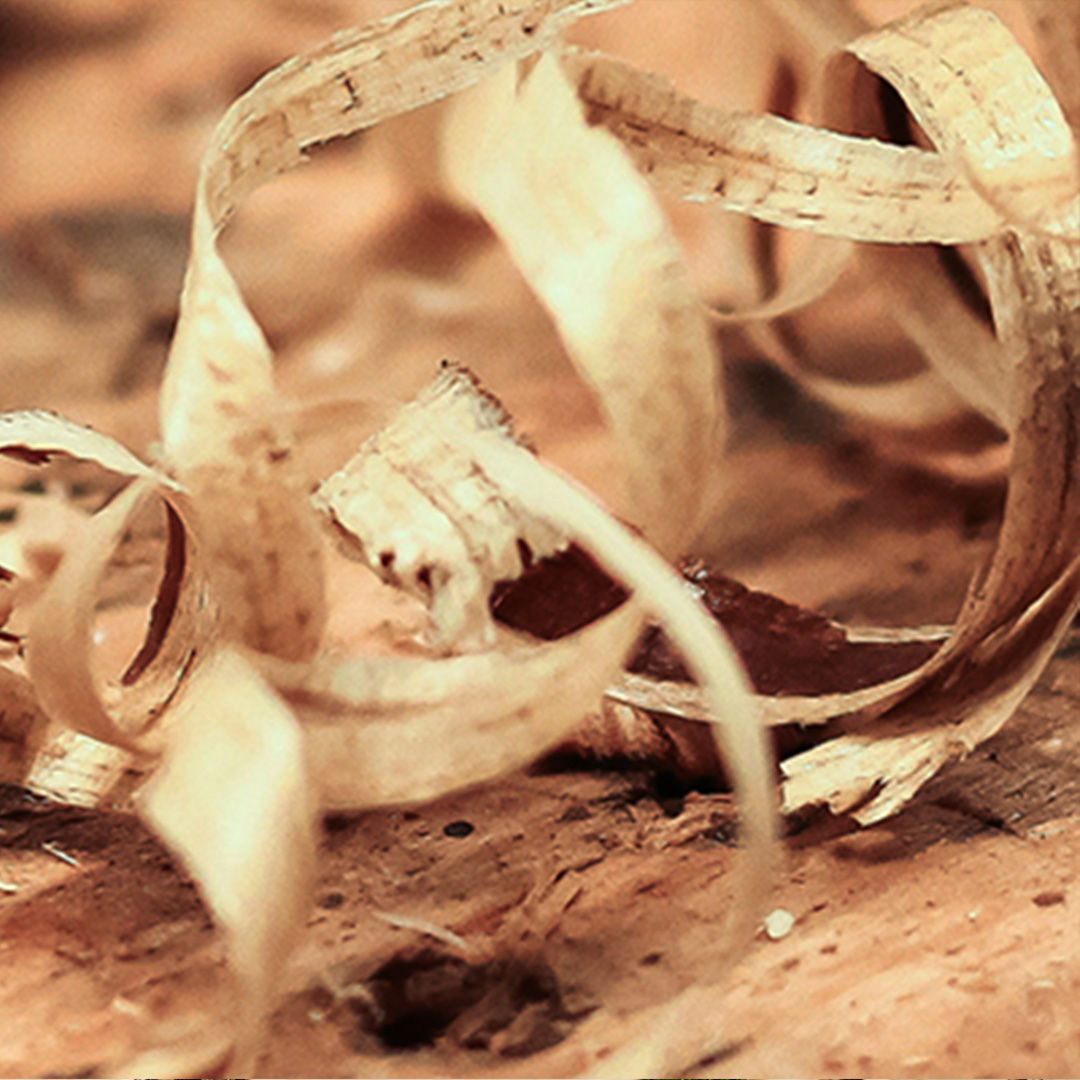

WOOD SHAVINGS
As wood shavings decompose, nitrogen levels in soil will change. These changes can help keep out weeds and slow down plant growth.
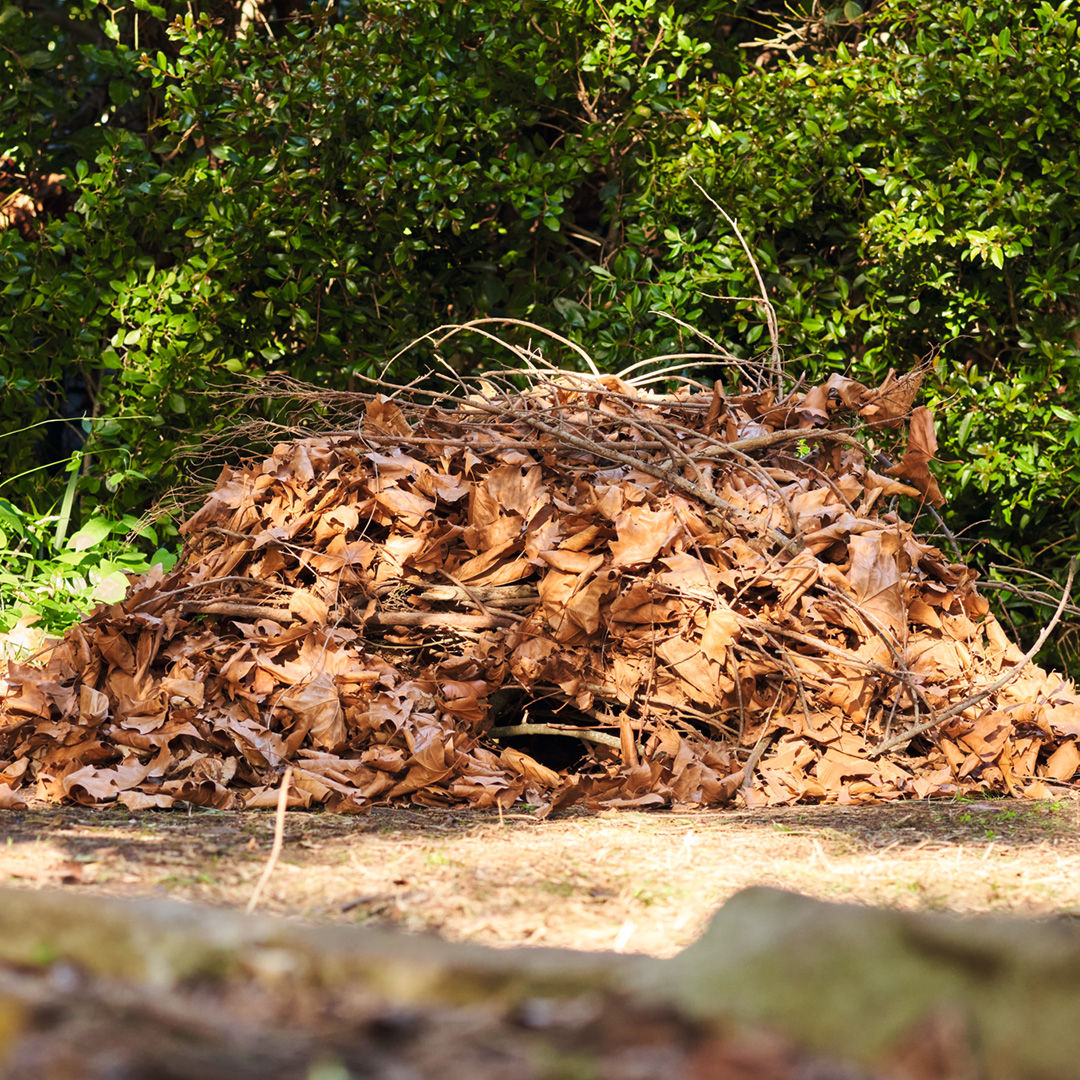

LEAVES
Leaves from trees such as birch, maple, and beech can be used safely as mulch, as well as leaves from all types of fruit trees. However, leaves from nut-producing trees such as walnut and oak should only be used in small quantities due to the presence of tannic acid. Excessive tannic acid can alter the soil's nutritional balance.
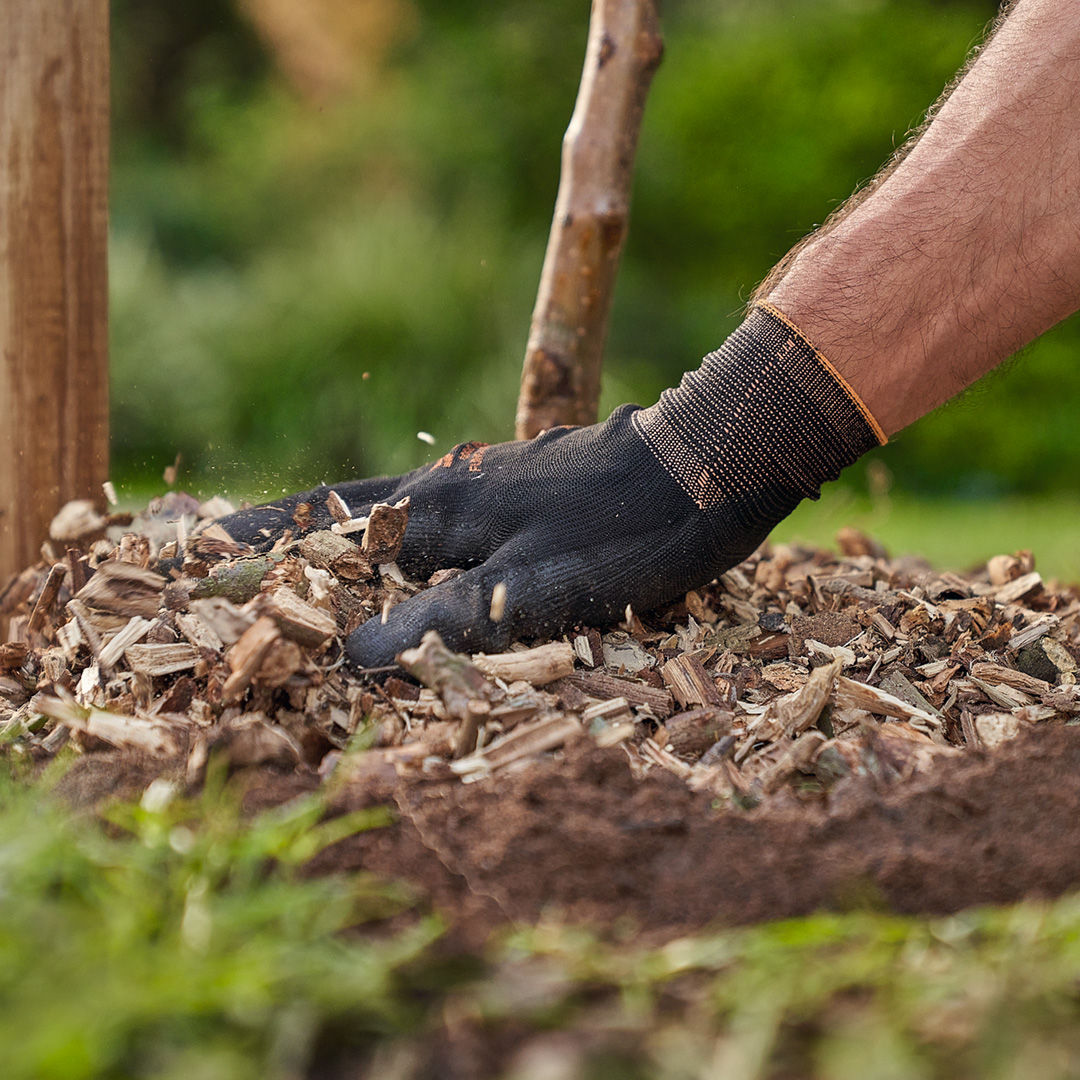

BARK MULCH
Bark mulch is effective in suppressing weeds, but it should only be used for pathways and around certain types of flowers, fruit trees, and bushes because it releases tannins and other acids into the soil. It is not suitable to use bark mulch for vegetable gardens or perennials.
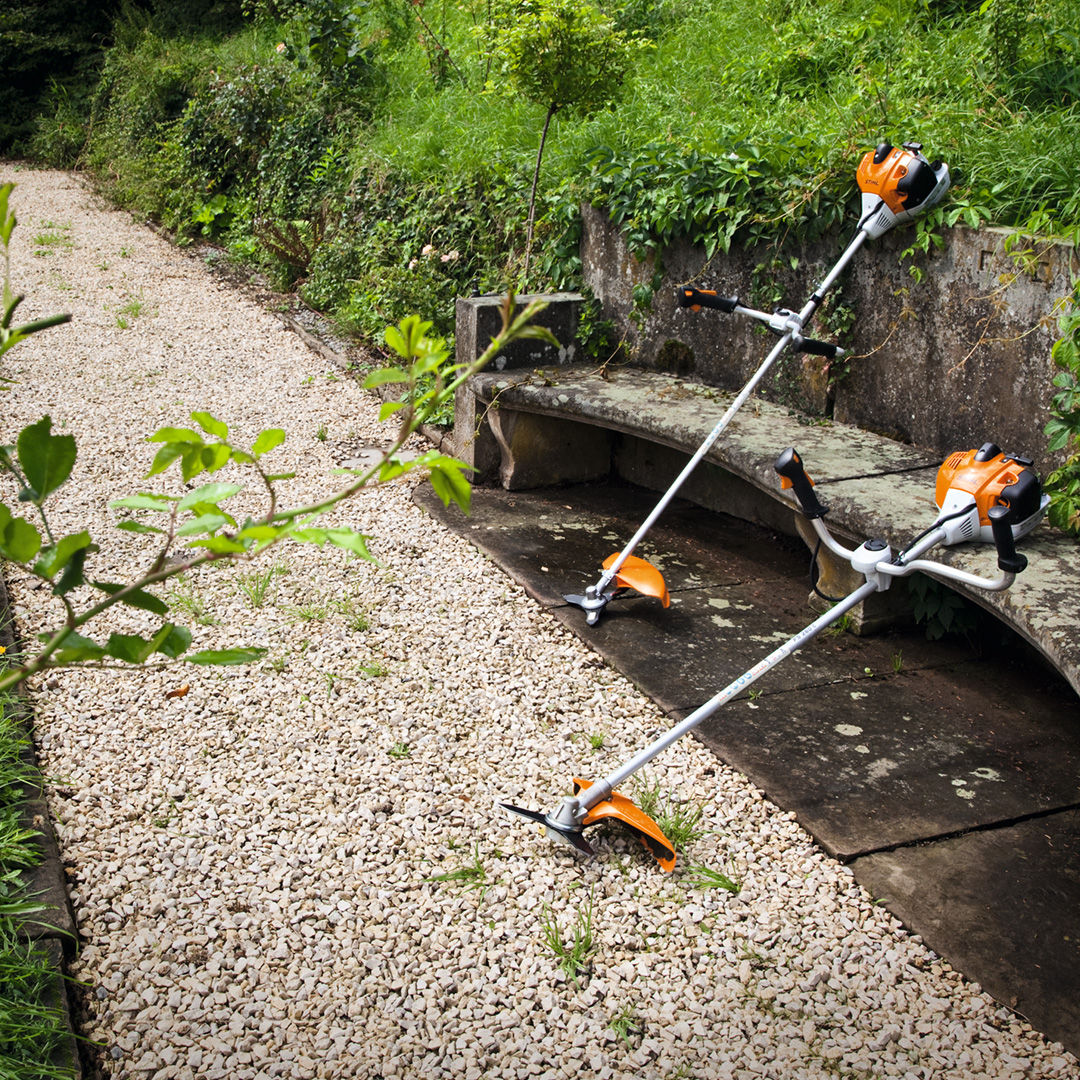

GRAVEL, SAND AND STONE
Gravel, sand, and stone are ideal for perennial herbs, shrubs, and flowers as they are cost-effective and permit water and air to reach roots. However, using too much of these materials can suffocate plants by compressing soil with the heavy weight. We suggest using just a thin layer of these materials and choose a light-coloured variety to help prevent overheating of the soil underneath as darker varieties retain heat for a longer time.
KEEP YOUR GARDEN THRIVING
Mulching is an essential way to maintain a healthy garden by covering soil with organic or inorganic materials to retain moisture, suppress weeds, and enrich the soil. Different types of garden mulch, such as grass clippings, wood shavings, leaves, and gravel, offer unique benefits. Incorporate mulching into your garden maintenance routine for a healthy and thriving garden. Visit STIHL SHOP for expert outdoor equipment specialists and find the best mulching mowers and tools. Shop online today at STIHL SHOP and enjoy free delivery on selected tools. STIHL SHOP has everything you need to keep your garden thriving all year long, browse our lawnmowers, mulching kits and garden chippers now:
STIHL BATTERY ELECTRIC LAWNMOWERS
Our Cordless Lawnmowers are lightweight and quiet, offer the convenience of starting with the push of a button and eliminate the need for purchasing or storing petrol. While not all lawnmowers come with a mulching kit, it can easily be acquired as a separate purchase. Adding a mulching kit to your STIHL lawnmower is cost-effective and simple.
The STIHL iMOW® Robotic Mower will quietly and efficiently mow your lawn so you don't have to. With automated and customisable features, you can achieve perfectly cut lawns every time. The STIHL iMOW® Robotic Mower has a mulching blade that finely shreds the grass, putting vital nutrients back into the lawn.
These powerful garden shredders quickly break down all types of garden waste, including hardwood and soft foliage. The volume of the garden material is greatly reduced, making it easy to add to your compost pile.
STIHL Vacuum Shredders suck up fallen leaves and grass clippings, shredding them into the convenient catcher bag. The material is reduced to less than 10% of the original volume, and can be used for adding to your compost or for mulching. They come with all the necessary parts to convert easily to a handheld Blower and back to a Shredder Vac, depending on your task. So you are actually getting two tools in one!







